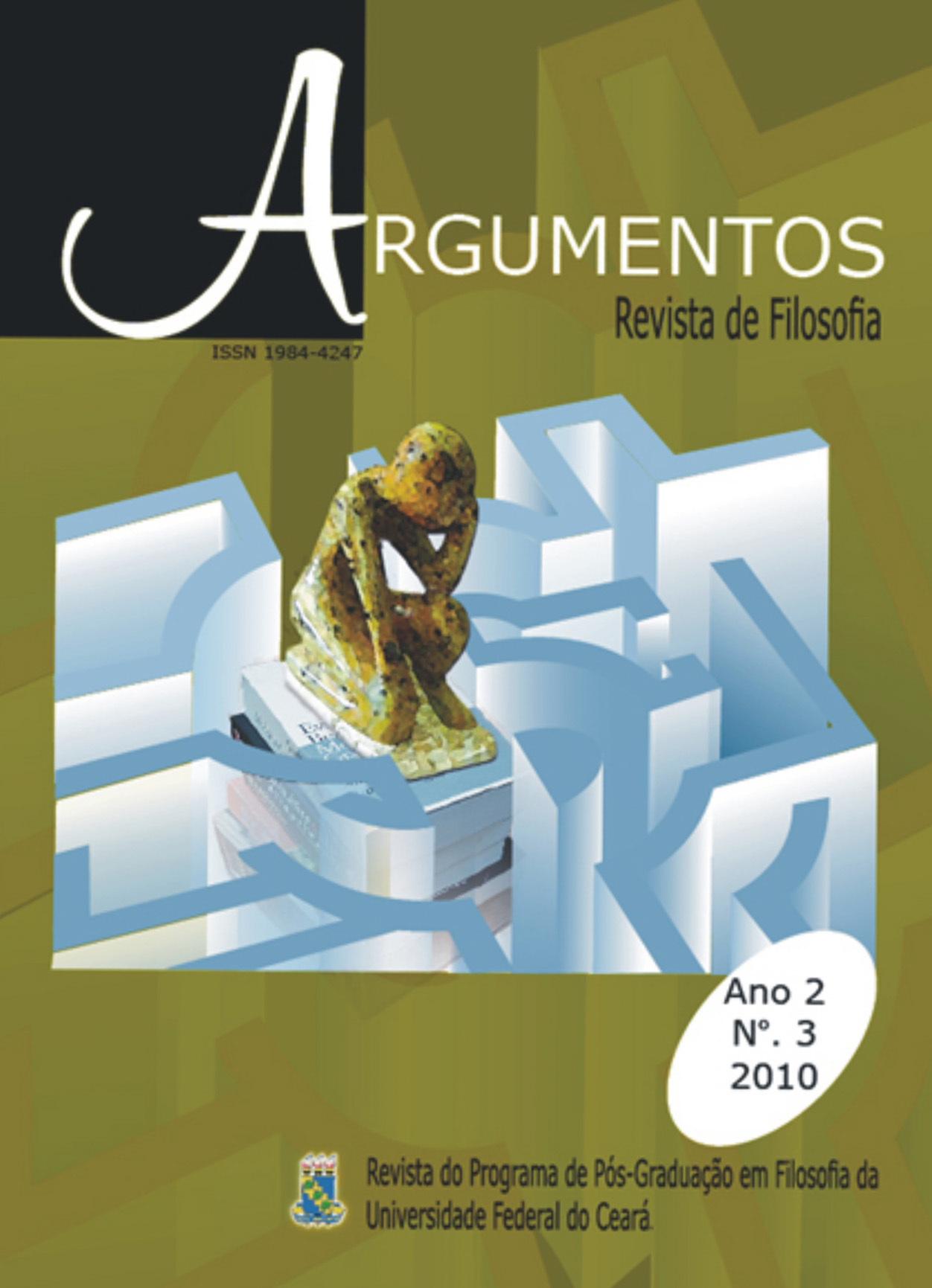The place of facts in Pictorial Theory
Keywords:
Fact. Proposition. Truth. Picture theory.Abstract
This article aims to investigate the role played by facts in the picture theory of Wittgenstein’s Tractatus. Indeed, such ‘theory’ claims that the proposition is a model of the facts. Thus, the analysis must work about the capacity that a proposition has to represent a fact and how a fact relates with the truth. So, our approach will be a philosophical analysis of the conditions of enunciation required by a meaning-ful discourse about the world. Hence, we aim to investigate what is the contribution made by the so called ‘picture theory’ to the realm of science and to the realm of philosophy, once that in the Tractatus Wittgenstein determines the limits of what can be said and what can be only shown. Consequently, the notion of ‘fact’ is fundamental to understand what is the ‘truth’ according to the Tractatus’ picture theory. And this seems to be relevant to the contemporary philosophy of language, as nowadays has prevailed a certain notion of truth as contingency rather than necessity. This interpretation is certainly a legacy of the Tractatus that was being built and modified by philosophers of language, including Wittgenstein himself in his last phase, that of the Philosophical Investigations.Downloads
Published
Issue
Section
License
Argumentos magazine is licensed under an International Creative Commons Attribution License.
The Magazine uses CC BY inclusion
1) The authors retain the copyright granted to the magazine or the right to initial publication, with the work regularly licensed under the Creative Commons Attribution, which allows the sharing of the work with acknowledgment of authorship and initial publication in this magazine.
2) The authors are authorized to contract additional applicable contracts, for non-exclusive distribution of the version of the work published in this journal (for example, publication in the institutional repository or as a chapter of the book), recognition of authorship and initial publication in this journal.
3) Authors are authorized and encourage to publish and distribute their work online (for example, in institutional repositories or on their personal pages) at any time before or during the editorial process, as they can generate productive changes, as well as increase the impact and reference of published work.




.jpg)










._._3.png)
1.jpg)
._._._.png)
